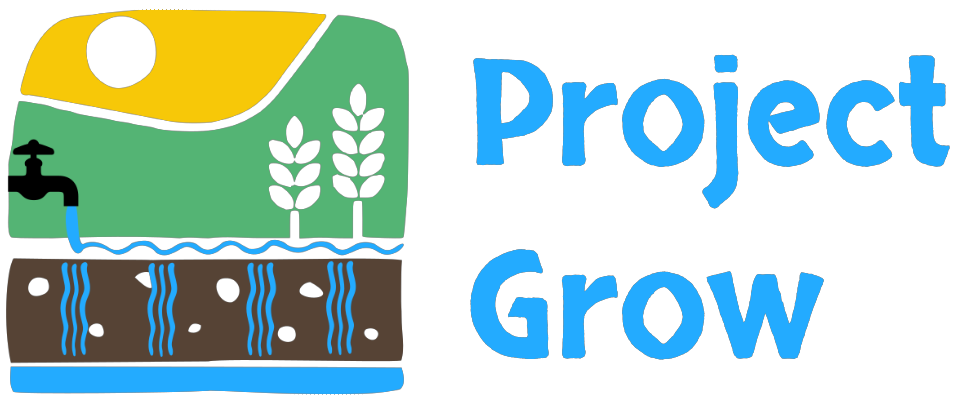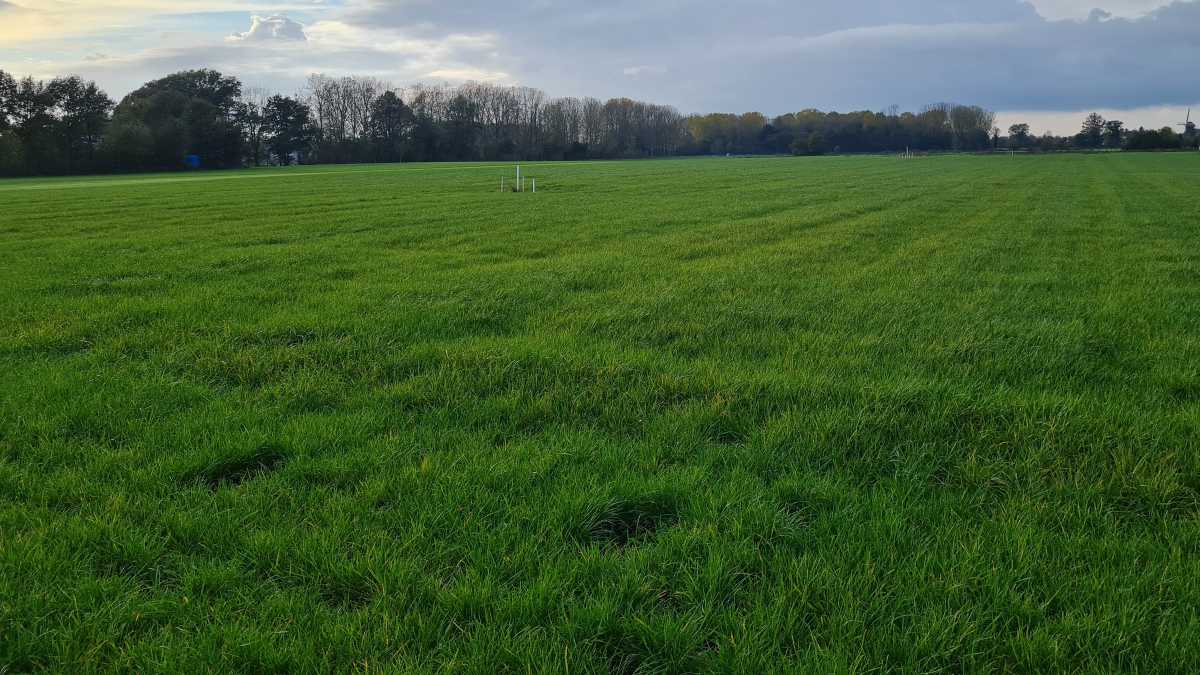Project GROW
Subirrigation
Subirrigation, also known as seepage irrigation, is a method of irrigation where water is delivered to the plant root zone from below the soil surface. This is typically achieved by using a network of pipes or ditches that distribute water evenly across the field. The water then moves upwards through capillary action to reach the plant roots.
Where is it used?
Subirrigation is commonly used in areas with high water tables or in greenhouse environments. It is particularly effective for crops that are sensitive to water stress, such as vegetables, fruits, and ornamental plants. This method is also used in regions where water conservation is critical, as it can significantly reduce water usage compared to traditional irrigation methods.
Benefits
- Water Efficiency: Subirrigation can reduce water usage by minimizing evaporation and runoff.
- Uniform Water Distribution: Ensures even distribution of water to all plants, promoting uniform growth.
- Reduced Labor: Once installed, subirrigation systems require less manual intervention compared to surface irrigation.
- Improved Plant Health: By delivering water directly to the root zone, plants can access moisture more effectively, reducing the risk of water stress.
Drawbacks
- Initial Cost: The installation of subirrigation systems can be expensive due to the need for specialized equipment and infrastructure.
- Maintenance: These systems require regular maintenance to prevent clogging and ensure efficient operation.
- Soil Type Limitation: Subirrigation is not suitable for all soil types. It works best in soils with good capillary action, such as sandy loam or loamy soils.
Overall, subirrigation is a highly efficient irrigation method that can offer significant benefits in terms of water conservation and plant health, but it requires careful planning and maintenance to be effective.
Treated wastewater
Treated Wastewater
Treated wastewater, also known as reclaimed or recycled water, is wastewater that has been processed and treated to remove contaminants, making it safe for reuse in various applications. This alternative water source is gaining popularity as a sustainable solution to address water scarcity and reduce the demand on freshwater resources.
Where is it used?
Treated wastewater is used in a variety of applications, including agricultural irrigation, landscape irrigation, industrial processes, and even in some potable water systems. It is particularly valuable in arid regions where water resources are limited and in urban areas where the demand for water is high.
Benefits
- Water Conservation: By reusing wastewater, the demand on freshwater sources is reduced, helping to conserve this precious resource.
- Sustainability: Utilizing treated wastewater supports sustainable water management practices and reduces the environmental impact of wastewater discharge.
- Cost-Effective: In many cases, using treated wastewater can be more cost-effective than sourcing and transporting freshwater, especially in areas with limited water availability.
- Nutrient-Rich: Treated wastewater often contains nutrients such as nitrogen and phosphorus, which can benefit agricultural crops by reducing the need for additional fertilizers.
Drawbacks
- Public Perception: There can be resistance to the use of treated wastewater due to concerns about safety and quality, even though it is treated to meet stringent standards.
- Infrastructure Costs: Implementing systems to treat and distribute reclaimed water can be expensive, requiring significant investment in infrastructure.
- Regulatory Compliance: The use of treated wastewater is subject to strict regulations to ensure it is safe for its intended use, which can add complexity to its implementation.
- Potential Contaminants: Despite treatment, there is a risk of residual contaminants in the water, which must be carefully managed to prevent adverse effects on health and the environment.
Overall, treated wastewater is a viable and sustainable alternative water source that can help address water scarcity and promote efficient water use. However, it requires careful management, public education, and investment in infrastructure to be effectively integrated into water resource management strategies. Why treated wastewater?

